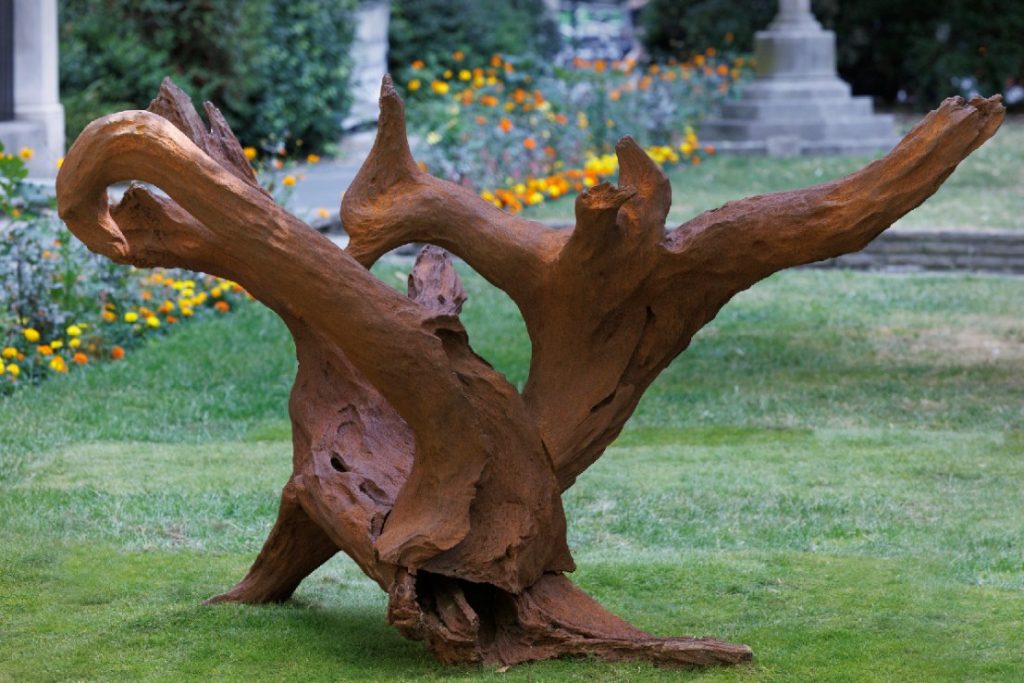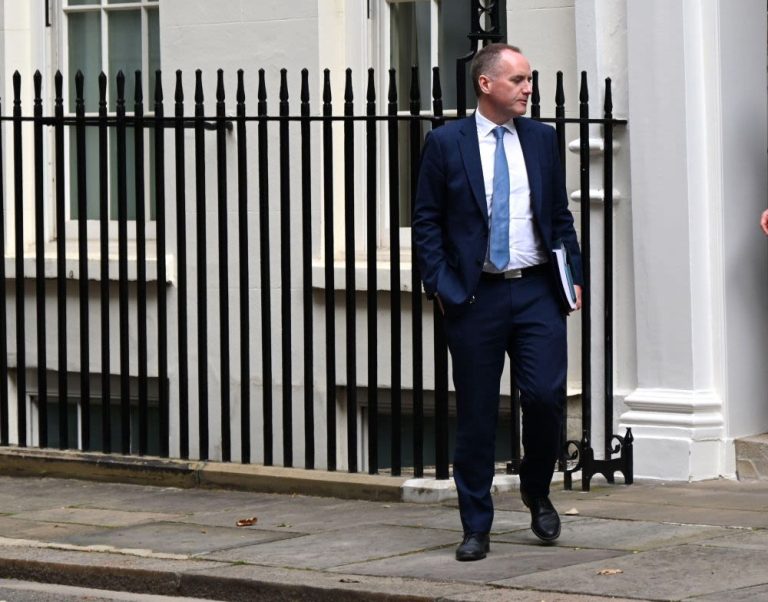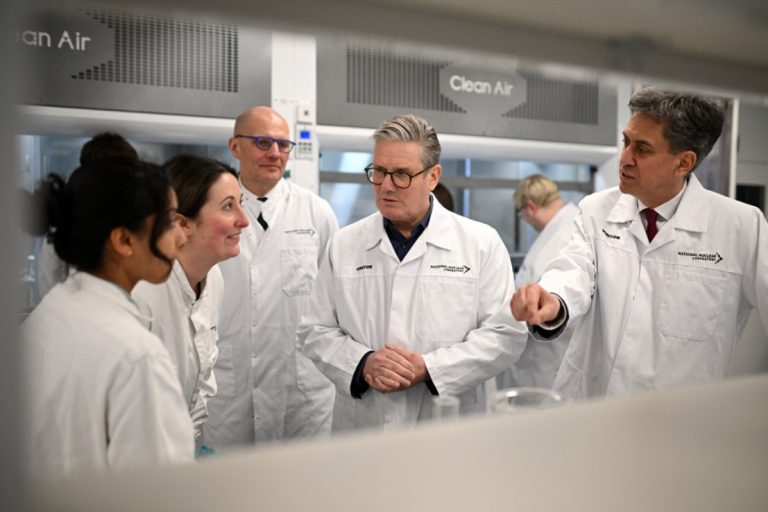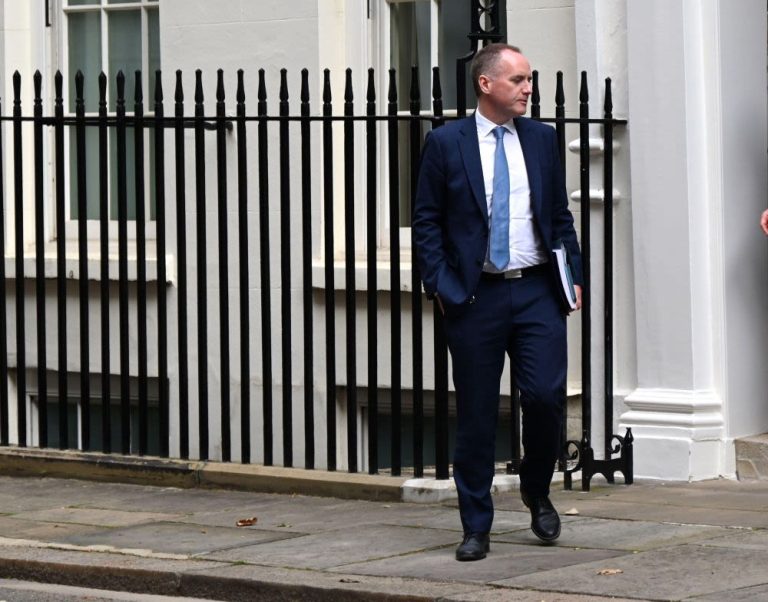
Sculpture in the City 2025 has unveiled its latest public art installations, and at the heart of St Botolph without Bishopsgate churchyard stands one of the most striking pieces: a cast iron tree root by Ai Weiwei. Nestled among gravestones and ancient yews, this work blurs the line between nature and industry, prompting viewers to question their relationship with the environment and the roots of displacement.
An iron root from an endangered forest
At first glance, the sculpture appears to be a massive, weathered tree stump, its rusted surface mimicking the organic textures of wood. Closer inspection reveals that every branch and crevice is forged from cast iron, moulded to replicate the root system of an endangered Brazilian tree. This incongruous detail—a heavy metal form masquerading as decaying wood—creates a powerful visual paradox:
- The rusted patina evokes natural decay, suggesting a once-thriving tree in its final cycle.
- The solid form of iron contrasts with the fragility of living wood, underlining threats to biodiversity.
- Its presence in a consecrated churchyard amplifies themes of memory, mortality and human impact on nature.
Symbolism of exile and ecological concern
Ai Weiwei, known for his outspoken political activism and reflection on migration, extends his exploration of “roots” through this work. By choosing a Brazilian species—far from his native China—he highlights global connections between communities and ecosystems. The sculpture embodies:
- Displacement—the uprooted tree symbolizes exiled individuals and the loss of homeland.
- Ecological fragility—endangered trees remind us how human actions threaten diversity.
- Collective craftsmanship—collaboration with local artisans and communities mirrors shared responsibility for the planet.
St Botolph without Bishopsgate: a green sanctuary
Located within the city’s financial district, St Botolph without Bishopsgate churchyard offers a rare green haven. With manicured lawns, ancient burial stones and mature trees, the churchyard provides a contemplative backdrop. Here, Ai Weiwei’s cast iron root gains additional resonance:
- The juxtaposition of industry and sanctuary invites reflection on urban development versus conservation.
- Visitors strolling through this Green Space of the Year contender encounter an unexpected monument to ecological and social roots.
- The site’s historic layers—from medieval stonework to modern skyscrapers—echo themes of past, present and future.
Collaborative creation process
True to his approach, Ai Weiwei engaged local foundries and craftspeople to realise the sculpture. This collaborative process underscores:
- Community involvement—artists, technicians and residents contributed skills and insights.
- Traditional techniques—using age-old iron casting methods links past and present craftsmanship.
- Educational outreach—workshops and public talks accompanied the installation to deepen engagement.
Complementary pieces in the exhibition
Ai Weiwei’s work stands alongside other new installations reshaping the City skyline:
- Andrew Sabin’s “Looping Loop” at 70 St Mary Axe: a sinuous, margarine-cast sculpture whose tentacle-like form invites viewers inside its labyrinth of holes—simultaneously organic and unsettling.
- Jane and Louise Wilson’s escalator murals under The Cheesegrater: intricate panels depicting London’s Roman past, DNA strands and mollusc imagery, transforming a mundane transit space into a narrative art journey.
Returning favourites and other highlights
Alongside these newcomers, familiar favourites remain:
- Maya Rose Edwards’ “Kissing Gate” at Aldgate Square—a rustic fence crossing repurposed in the urban core.
- Julian Opie’s four concrete busts—Charles, Jiwon, Nethaneel and Elena—installed at 100 Bishopsgate in the artist’s signature minimalist style.
Exploring Sculpture in the City 2025
With Ai Weiwei’s cast iron root anchoring the collection, Sculpture in the City 2025 offers an eclectic mix of installations that transform financial district streets and hidden courtyards into open-air galleries. Each work, from iron trees to margarine marvels, challenges perceptions of material, place and purpose—inviting Londoners to engage with art in their daily commute and rediscover the city as a living museum.




